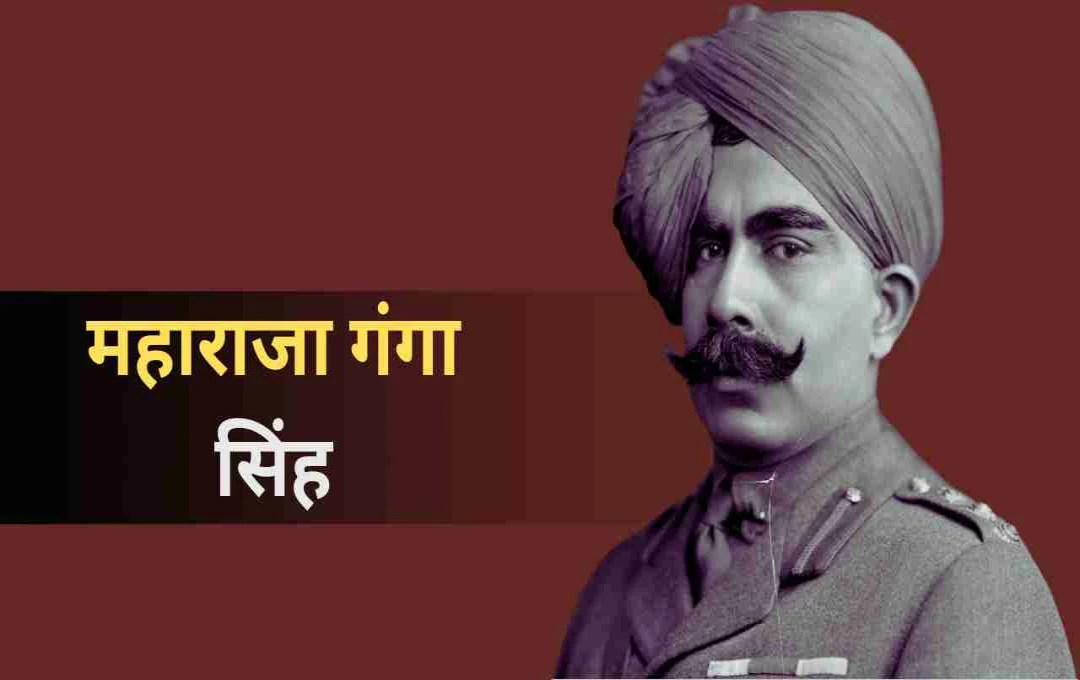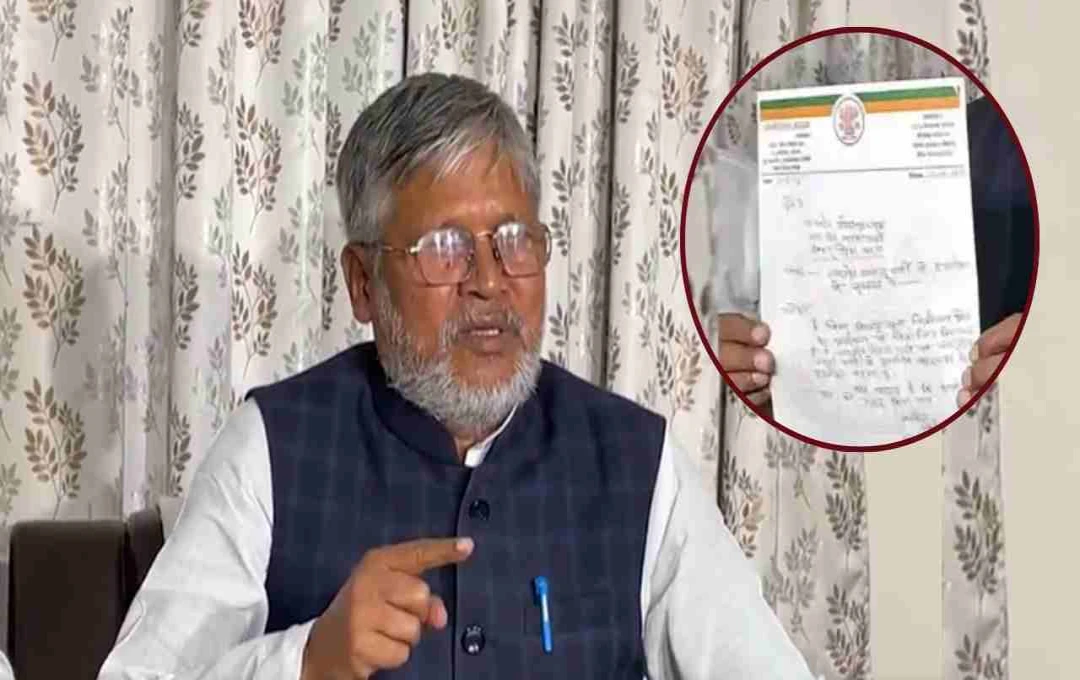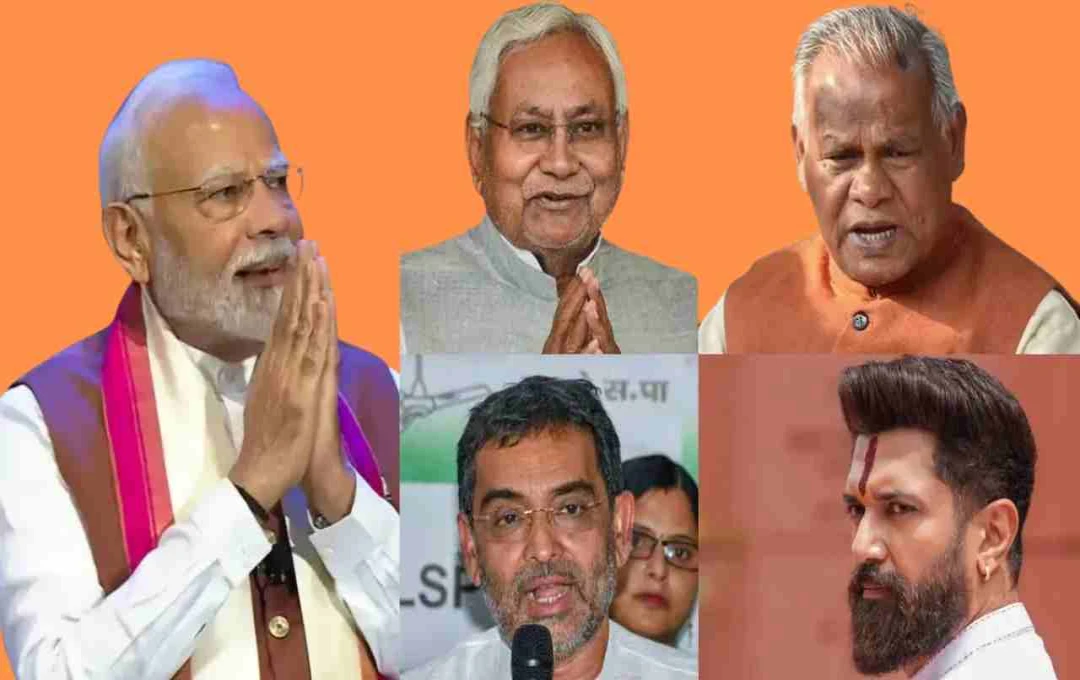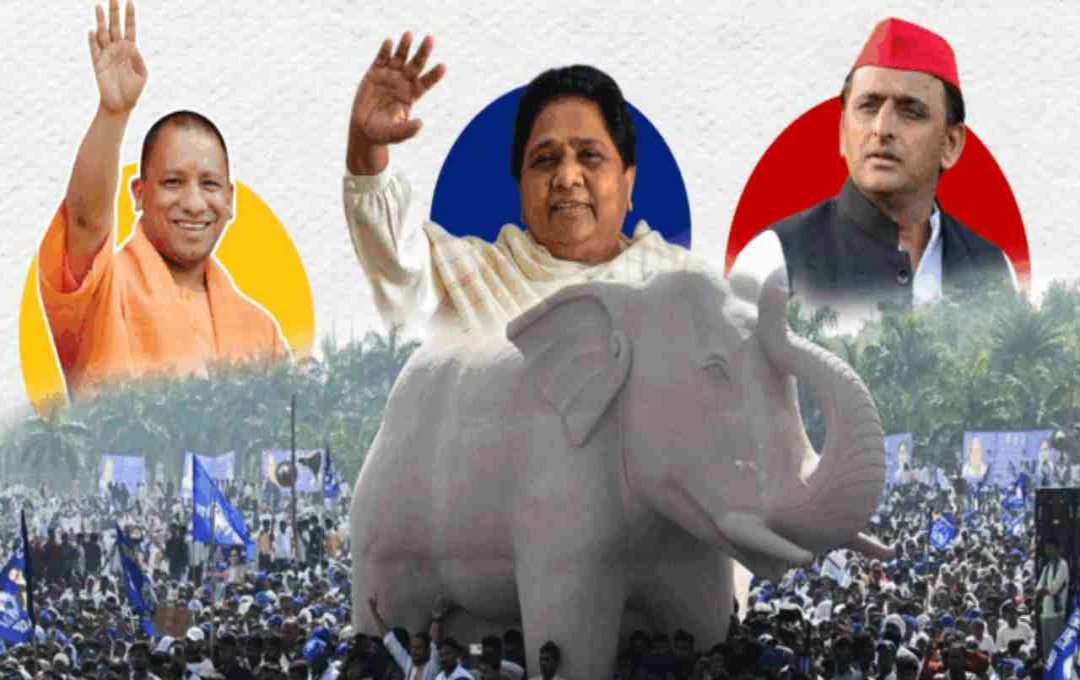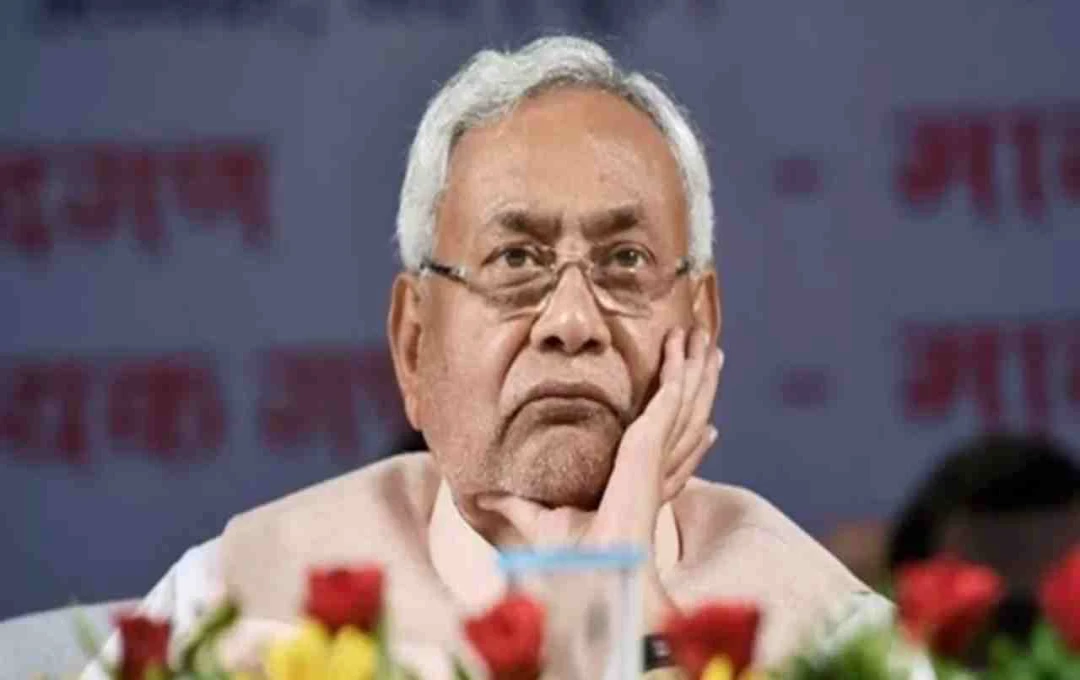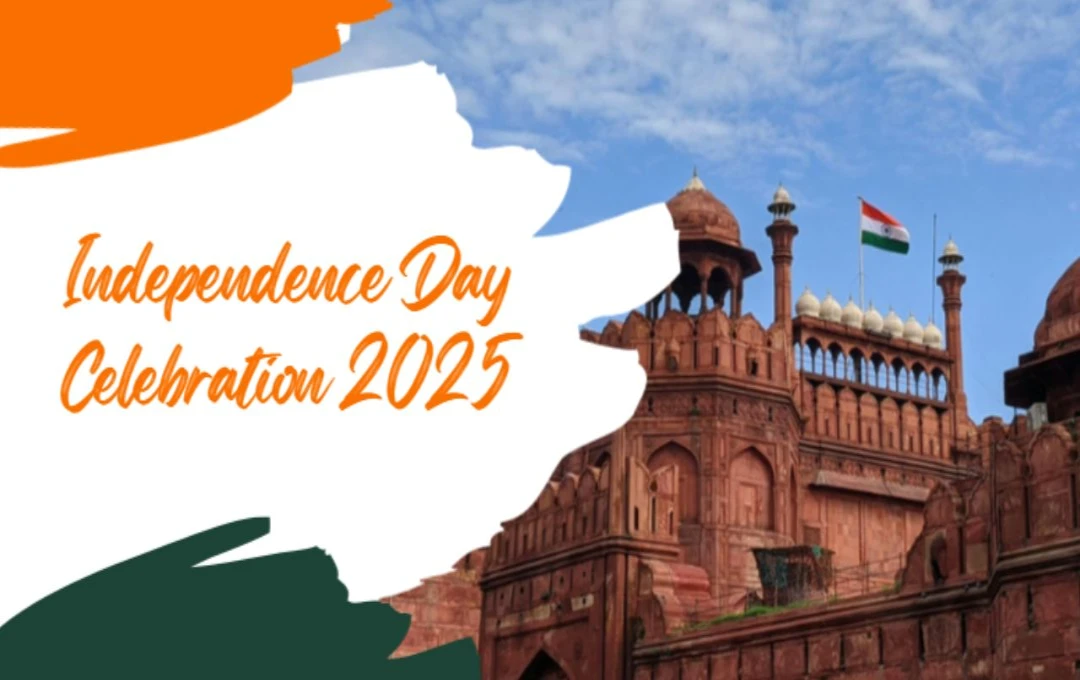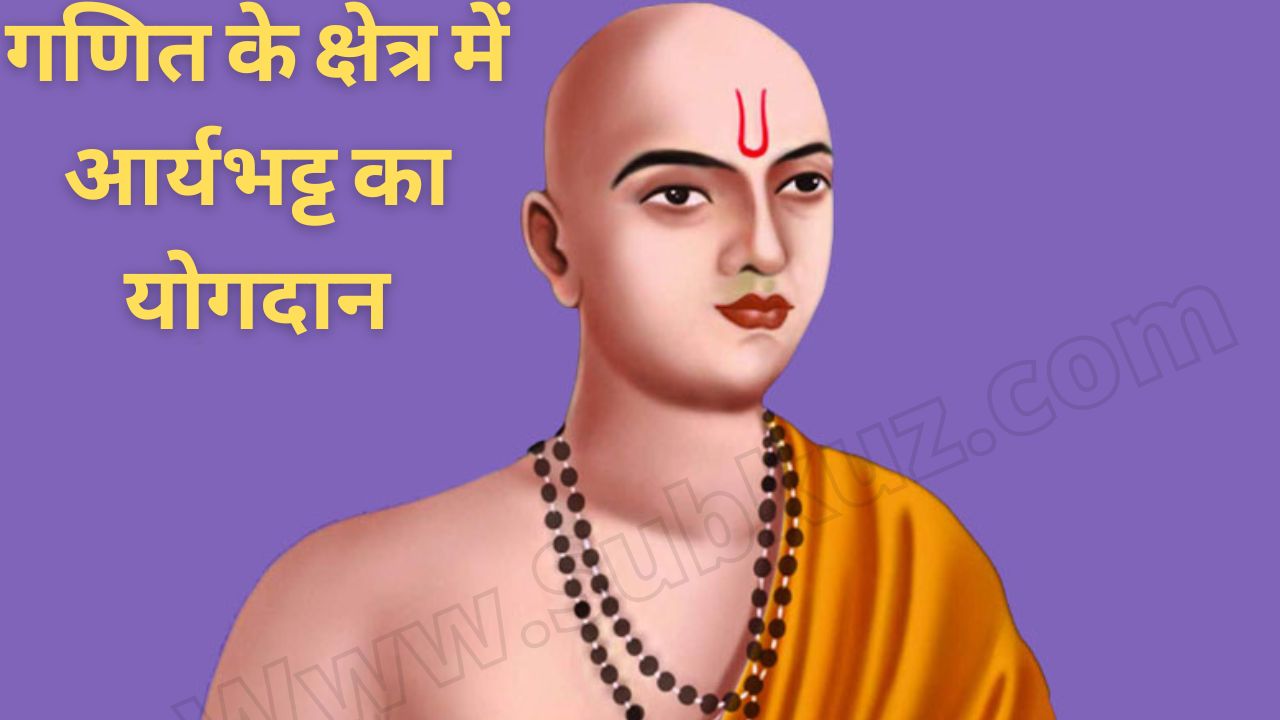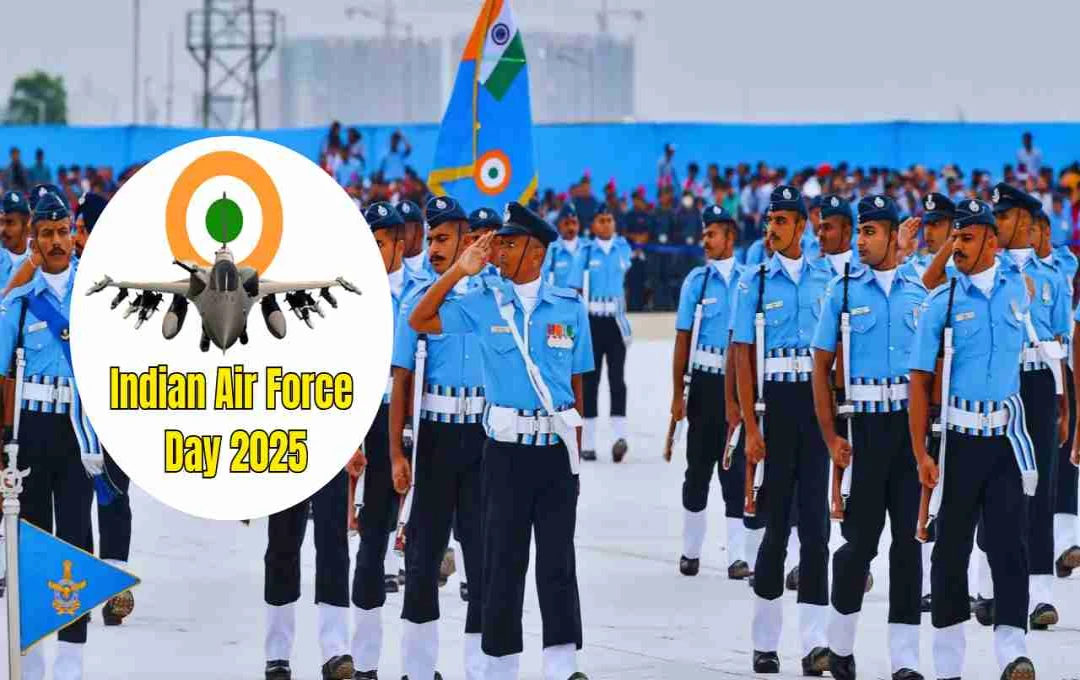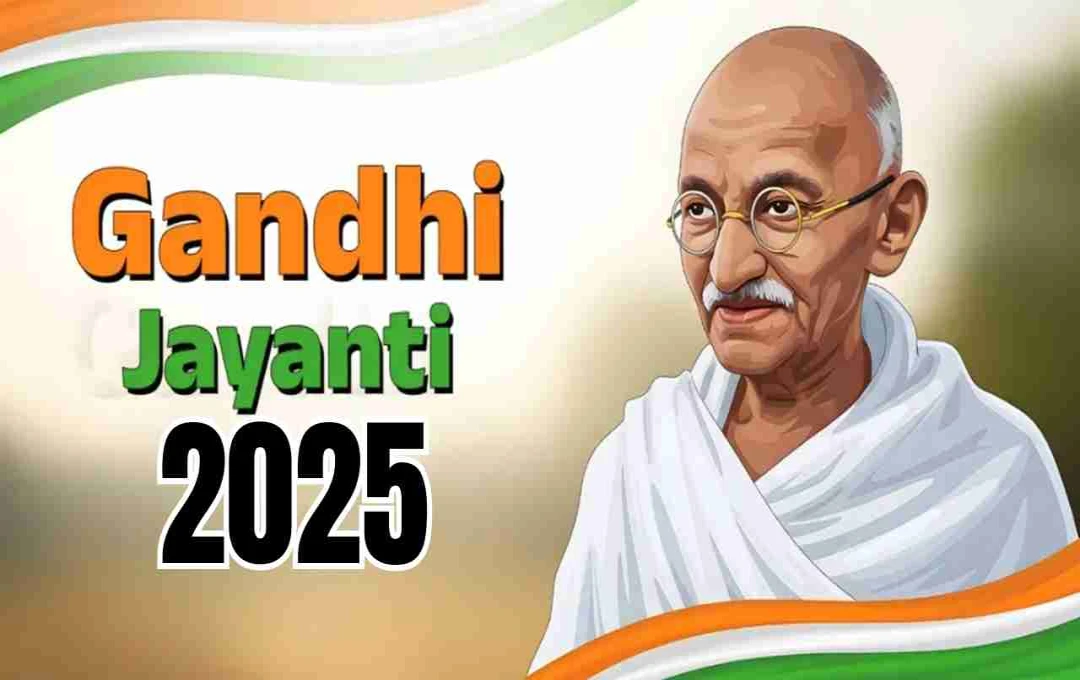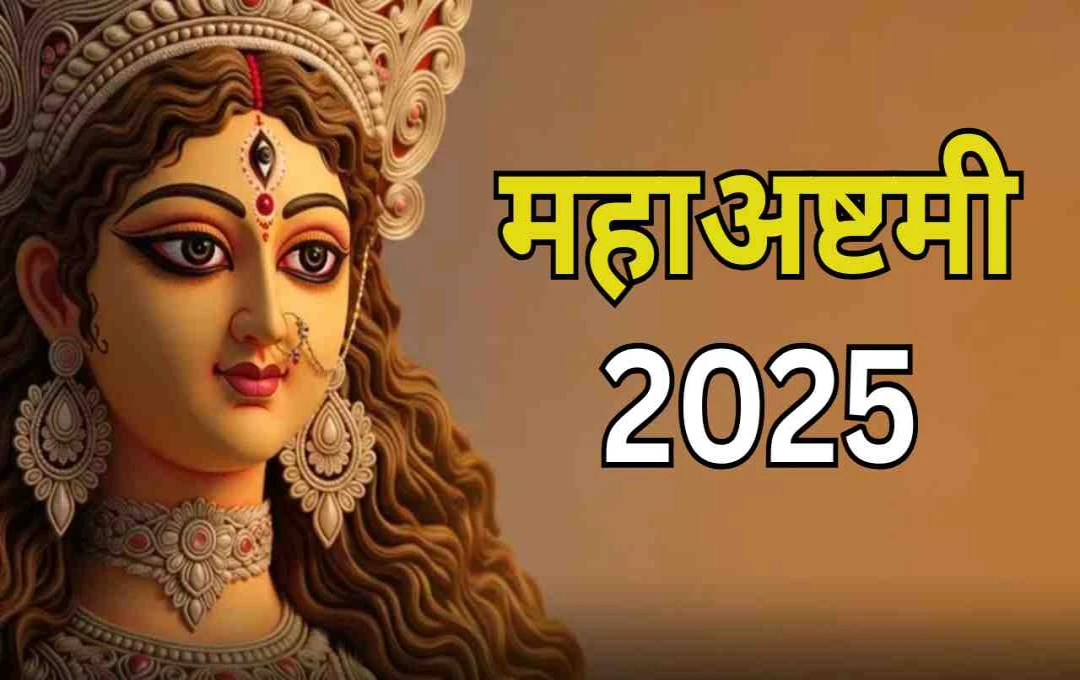In the scorching desert expanse of Rajasthan, a name is etched in golden letters in history, a name that not only propelled his state towards modernity but also presented India with pride on international platforms. This name is Maharaja Ganga Singh. Born in Bikaner on October 13, 1880, Ganga Singh was not only a valiant warrior but also a visionary administrator, social reformer, and skilled diplomat. He is known as the 'Bhagirath of Rajasthan', and this title was not bestowed upon him lightly.
Early Life and Education: A Synthesis of Tradition and Modernity
Maharaja Ganga Singh was born as the third child of Maharaja Lal Singh. From his childhood, he displayed signs of leadership and discipline. He received his early education in Gwalior and then at the renowned Mayo College in Ajmer. This education was not limited to academics; he also seriously learned about governance, military skills, and various aspects of modern administration. His military training took place in the Deoli Regiment, where he was also introduced to British military discipline.
From Crown Prince of Bikaner to Maharaja
In 1887, after the death of his elder brother Dungar Singh, he ascended to the throne of the Bikaner state at the young age of seven. Initially, the state was governed under a council, but after becoming an adult in 1898, Ganga Singh took the reins of governance himself. Following this, the rapid pace of development that Bikaner witnessed became an inspiration for the whole of India.
Ganga Canal: A Lifeline Flowing in the Desert
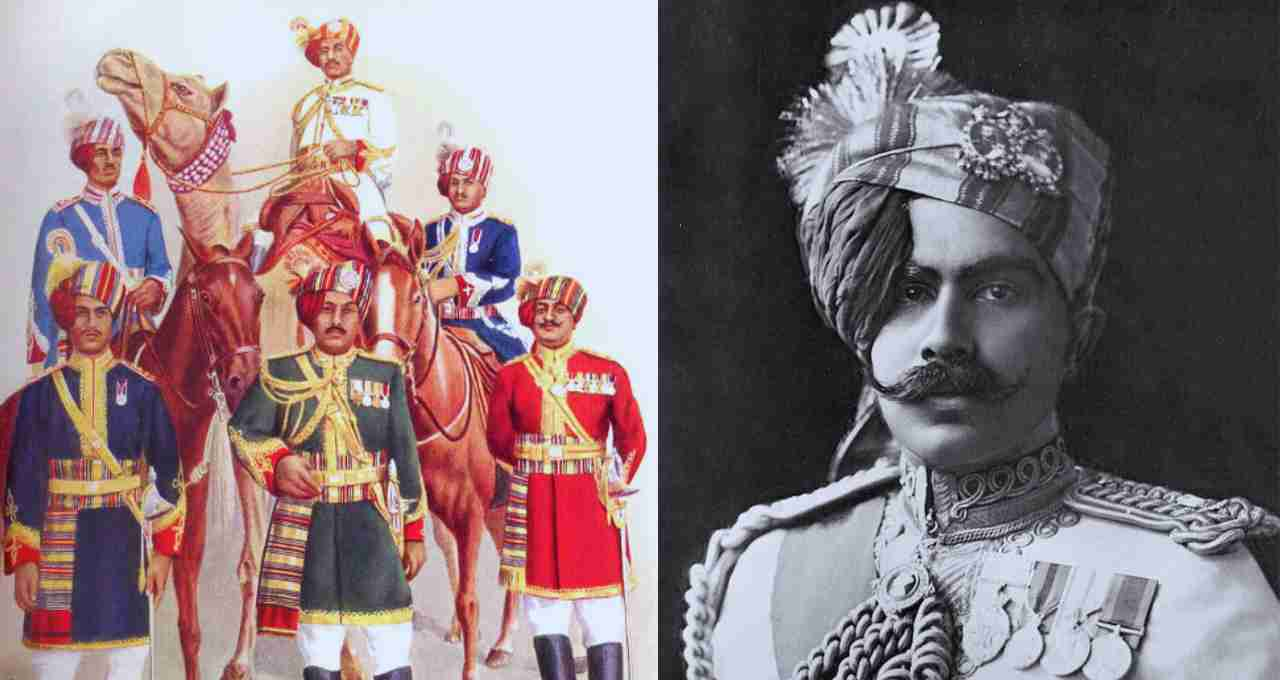
Ganga Singh's greatest contribution was the Ganga Canal project, which transformed the arid desert of Rajasthan into lush green fields. Bringing water from the Sutlej River in Punjab to irrigate the Bikaner and Sri Ganganagar regions, this plan was not only technically complex but also revolutionary from a social and economic perspective. Thousands of farmer families were settled in this area, and the land was made fertile. This is the reason he was called the 'Bhagirath of Rajasthan'.
A Skilled Administrator: Justice, Education, and Public Welfare
Maharaja Ganga Singh was not limited to just physical development but also initiated social and judicial reforms. He established a High Court in Bikaner, a first of its kind in any princely state. In 1913, he formed an elected representative assembly and later converted it into a Legislative Assembly. He strictly enforced the Sharda Act to prevent child marriage in his state, opened schools and colleges for women, started life insurance schemes for government employees, and made banks accessible to the public.
Military Leadership and Participation in World War I
Ganga Singh was not just a king; he was also a formidable military leader. He formed the 'Ganga Risala', an army of camels, and fought in World War I on behalf of the British forces in France, Egypt, and Palestine. His contribution was so significant that the British Empire made him a member of the 'British Imperial War Cabinet'—he was the first and only Indian to be included in this committee.
India's Voice on the International Stage
In 1919, Ganga Singh was the only Indian king to represent India at the Paris Peace Conference and sign the historic Treaty of Versailles. During this trip, through the 'Rome Note', he demanded local self-governance for India from the British, revealing his foresight and sense of nationalism.
Contribution to Banaras Hindu University and Love for Culture
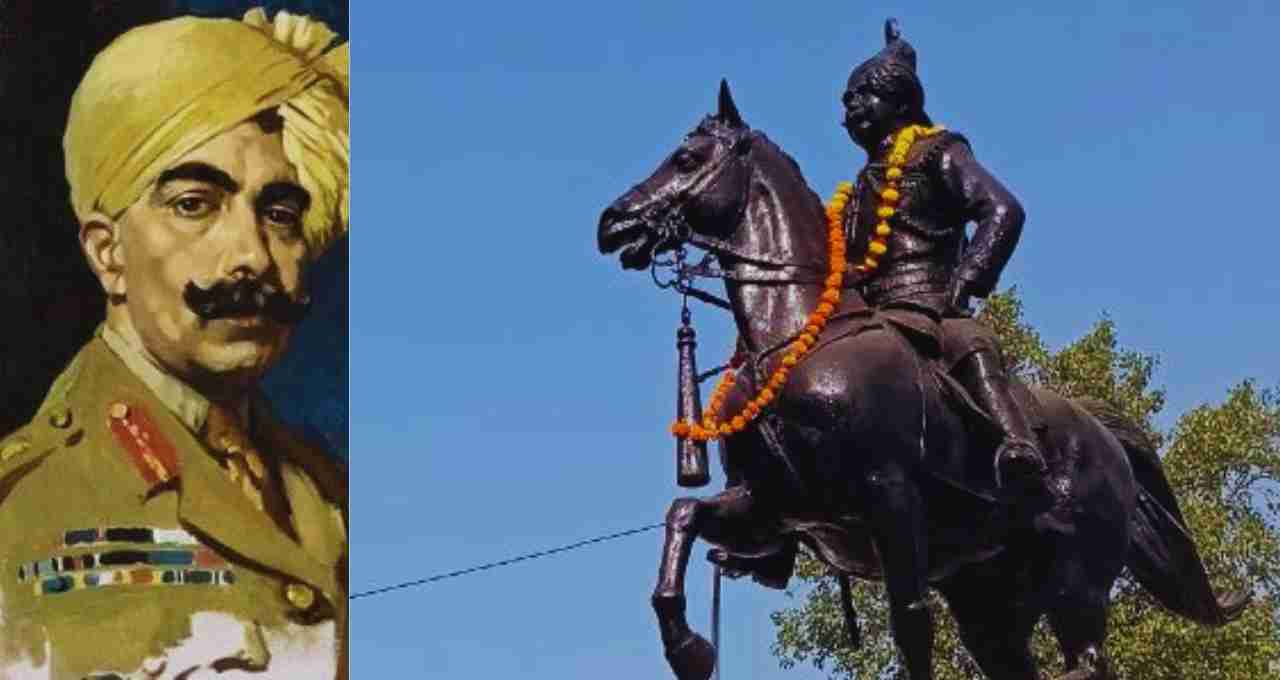
Ganga Singh's contribution to the educational and cultural fields was also quite remarkable. He provided the most financial support for the establishment of Banaras Hindu University. Impressed by this contribution, Mahamana Madan Mohan Malaviya made him the Chancellor of the university. He held this position from 1929 to 1943. Architectural works like Karni Mata Temple, Ramdevra Temple, and Lalgarh Palace are symbols of his cultural aesthetic.
Final Days and Legacy
He passed away in Bombay on February 2, 1943, but his memory still lives on in Sri Ganganagar, Bikaner, and every corner of Rajasthan. Ganga Singh proved that a king is not just a protector of the crown and the throne, but he is also a father, guide, and servant to his people.
The life of Maharaja Ganga Singh is an extraordinary example of a true patriot, visionary administrator, and public servant. He propelled Bikaner towards progress and prosperity. His social, judicial, and irrigation reforms continue to be a source of inspiration today. Indeed, he will remain immortal in history.
